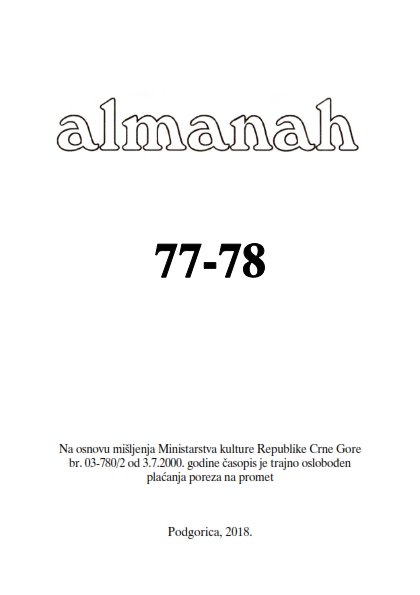Mektebi i druge škole u Novom Pazaru i okolini za vrijeme Turaka
Mektebs and other schools in Novi Pazar and its surroundings during the Turks
Author(s): Sefedin Šehović, Filduza Prušević Sadović, Ervin ĆatovićSubject(s): Social history, Islam studies, School education, History of Education, The Ottoman Empire, Sociology of Religion
Published by: Almanah
Keywords: Novi Pazar Sandžak; Ottoman Empire; Hurijet; mosques; exams;
Summary/Abstract: After the conquest of the Balkan Peninsula and the expansion of the Ottoman Empire to this part of Europe, the education system is being established and through it the culture, religion, language and ideology of the imperial state and in our region are being developed. Through the complex system of religious and world schools, the Ottoman state shows the extent to which education is an important segment of its society, and in that way a large part of the local population is involved for the first time in the education system in general. First, through the system of religious schools, mektebas and medresas, and then through the system of world schools that make up the iptidias, roses and idioses, education includes children from the earliest age, both sexes, to the age when they are ready to go to college in Istanbul. Teachers and teachers who taught at schools in the Novi Sad-based Sandzak during the Ottoman rule were educated people sent from the highest schools in Istanbul, and their task was to literate the local population and prepare future educated subjects. According to Evliya Celebija from the 17th century, there were five medres and 11 sibijin mektebas at that time in Novi Pazar. What can be detrimental to the educational system in Novi Pazar's Sandžak in this period is the inequitable position of the poor and the children of rich families, which in the course of education made the education a privilege of the rich.
- Issue Year: 2018
- Issue No: 77-78
- Page Range: 115-136
- Page Count: 22
- Language: Bosnian
- Content File-PDF

